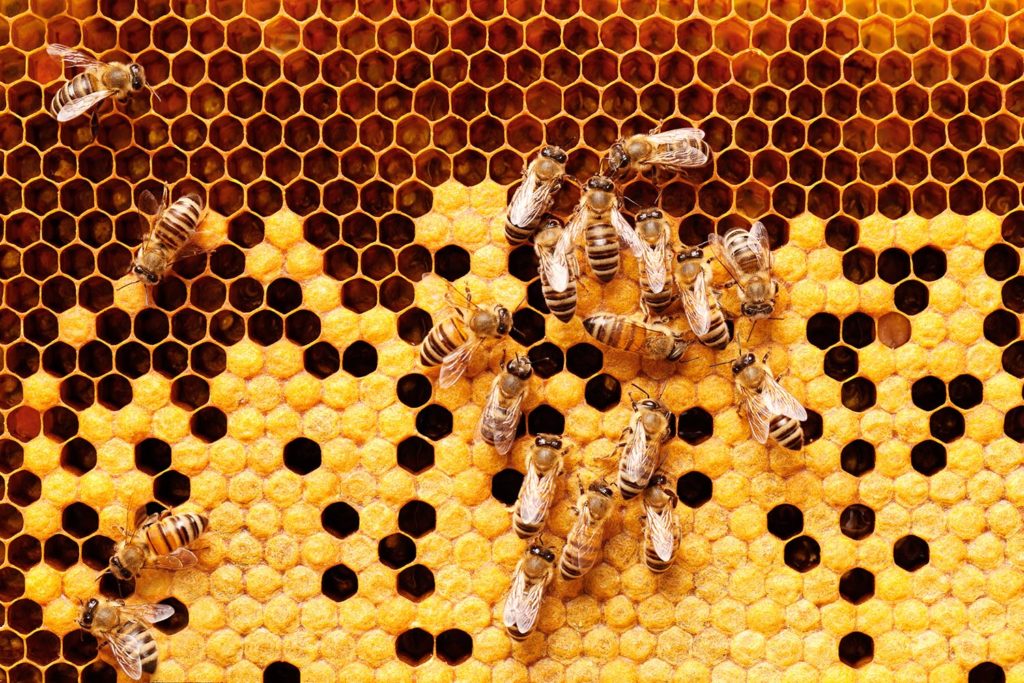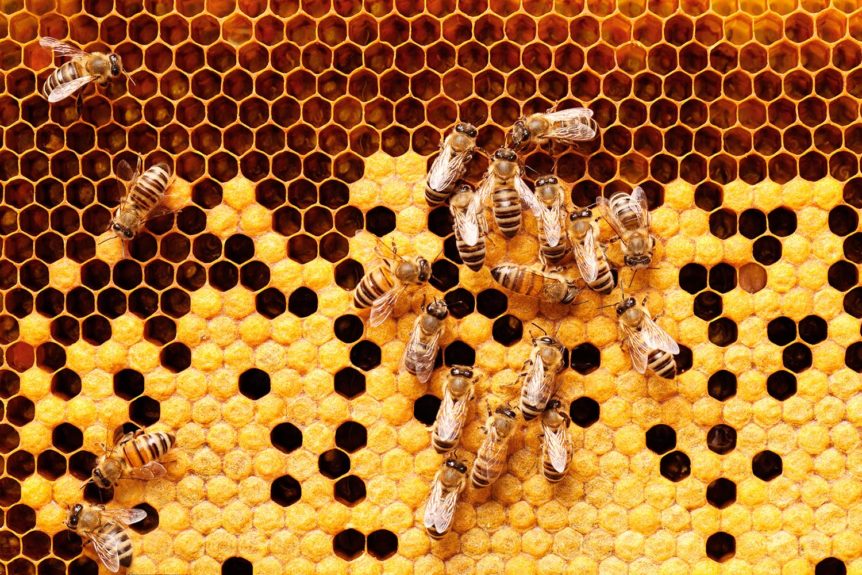
By Frank Giles
In the mid-2000s, honey bee colony collapse disorder began to make global headlines as beekeepers and scientists reported elevated bee losses. While the topic faded away from headlines somewhat in ensuing years, it has remained a problem.
“It had settled down as a news story, but it remained a big issue in the honey bee world,” said Jamie Ellis, professor with the University of Florida Honey Bee Research and Extension Laboratory. “Gross loss rates naturally vary from year to year. Scientists began reporting the elevated gross loss rates in 2006, then giving the condition the name colony collapse disorder. We no longer use that term. Rather, we use ‘colony losses’ as this is more encompassing. And colony collapse disorder was only ever linked to a small percentage of all colony losses.”
Back in the Headlines
A press release from the National Honey Bee Health Coalition earlier this year shined the light on the colony loss issue. The group released the results of a nationwide survey from commercial bee operations that reported an average loss of 62% between June 2024 and February 2025.
The coalition noted this is a wakeup call because the losses exceed historical trends and could impact pollination of important specialty crops in the United States.
“The survey results are alarming. As far as I know, the survey only reported national trends. Thus, we do not have the data by state,” Ellis said. “However, anecdotal reports coming to me suggest that losses in Florida were lower than those reported at the national level.”
Miticide Resistance
In June, the U.S. Department of Agriculture Agricultural Research Service (USDA-ARS) submitted a report to the scientific journal bioRxiv with findings that identified high levels of deformed wing virus A and B and acute bee paralysis in all recently USDA-sampled bees.
USDA-ARS noted these viruses are responsible for recent honey bee losses across the United States. Since the viruses are known to be spread by parasitic Varroa destructor mites, USDA-ARS scientists screened the mites from collapsed colonies and found signs of resistance to amitraz, a critical miticide used widely by beekeepers. This miticide resistance was found in virtually all collected Varroa mites, underscoring the need for new parasitic treatment strategies.
However, the extent to which amitraz resistance contributed to these losses, both in the sampled operations and more broadly, remains unclear. However, Varroa mites collected from selected apiaries showed a predisposition toward amitraz resistance, and effective control of Varroa mite infestations continues to be a challenge for many beekeepers.
USDA-ARS scientists collected colony and bee samples from across California and other western states in February 2025, prior to almond pollination. The USDA-ARS Bee Research Laboratory in Beltsville, Maryland, analyzed the parasites and pathogens from all samples and focused on individual bees exhibiting behavior known to precede death by minutes or hours. Viruses were indicated in both pooled samples from surviving colonies and in individual bees showing behavioral morbidities.
“While viruses are a likely end-stage cause of colony death, these results do not rule out the importance of other long known challenges to honey bees,” said USDA-ARS research leader Judy Chen.
Ellis added the survey results and USDA report indicate the cumulative impacts of both the Varroa mite and deformed wing virus are a double whammy to bee health. That makes miticide resistance an important issue.
“Our industry relies heavily on the active ingredient amitraz for effective mite control,” he said. “Early research reports suggest that mites in the dying/dead colonies were resistant to amitraz, and this is a growing problem in the United States.”
New Products
According to Ellis, other treatments are registered for use against Varroa mites. “There are new products that have become available this year, and additional products will soon be available,” he said. “The search for new active ingredients to control Varroa mites continues in many laboratories globally. I am hopeful that beekeepers will soon have more control options for this devastating pest.”
New products include Apivar 2.0, Varroxsan, Amiflex and Vadescana. In July, a product containing L-glutamic acid (MBG2X5G Strips) received Environmental Protection Agency approval.










